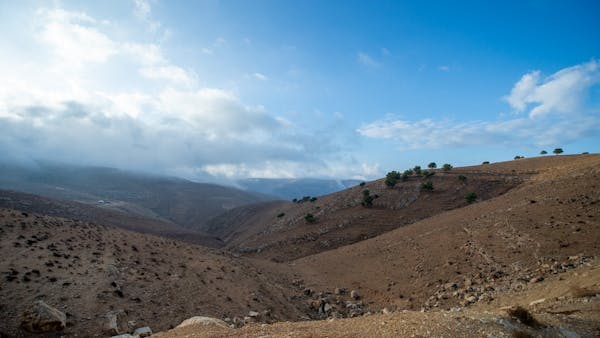At the heart of Egypt sits the Nile River. Tranquil and silted, it was in many ways the lifeblood of ancient Egypt. Every year the Nile overflowed its bank in an incandescent flood. Much of the excess water came from the mountains where rain would pelt the soft earth during the rainy season, drenching it and then pouring down to fill the belly of the Nile.
The banks of the river were inundated and the Nile Delta was the worst hit because of the myriad tributaries that branched off the main body of the river and flowed into the mouth of the Mediterranean. The flooding of the Nile turned out to be a boon for farmers. Because the river flooded at roughly the same time every year farmers were prepared for it and sowed their crops after the flood.
When the Nile invaded the land it brought with it mineral-rich river silt that seeped into the earth and nourished it long after the flood waters had receded. It was this that made the banks of the Nile such a fertile spot for farming and agriculture and soon Egypt was teeming with life along the length of the river.
In the early part of Egyptian history, known as the Early Dynastic Period (c. 3000 B.C.- c. 2600 B.C.), Egypt was dominated by two tribes. Those who lived in the north and settled in the Nile Delta were called Lower Egyptians and those who lived in the south were called Upper Egyptians.
This distinction between Upper and Lower Egypt was made primarily because the river flowed from the mountains in the south and then emptied out into the Mediterranean in the north. The southern part of the country was upriver making it Upper Egypt and the northern part down the river making it Lower Egypt.
The kings who ruled the Lower Egyptians wore a red crown and the kings who ruled the Upper Egyptians wore a white crown. The division meant that each king was always vying to subdue the other and claim the ultimate prize; ruling over the entire land.
Using the river as the main transportation hub the Egyptians of Upper and Lower Egypt waged constant until Narmer, Pharaoh of Upper Egypt managed to defeat the Lower Egyptians and wrest the red crown away. Today many scholars believe that Narmer is also Menes who is known and recognized as the unifier of all Egypt and founder of the first Egyptian dynasty of kings.
It was here that the Egyptian crown became a double crown; the red inlaid over the white and the Pharaoh of Egypt came to be known as Lord of the Two Lands.

